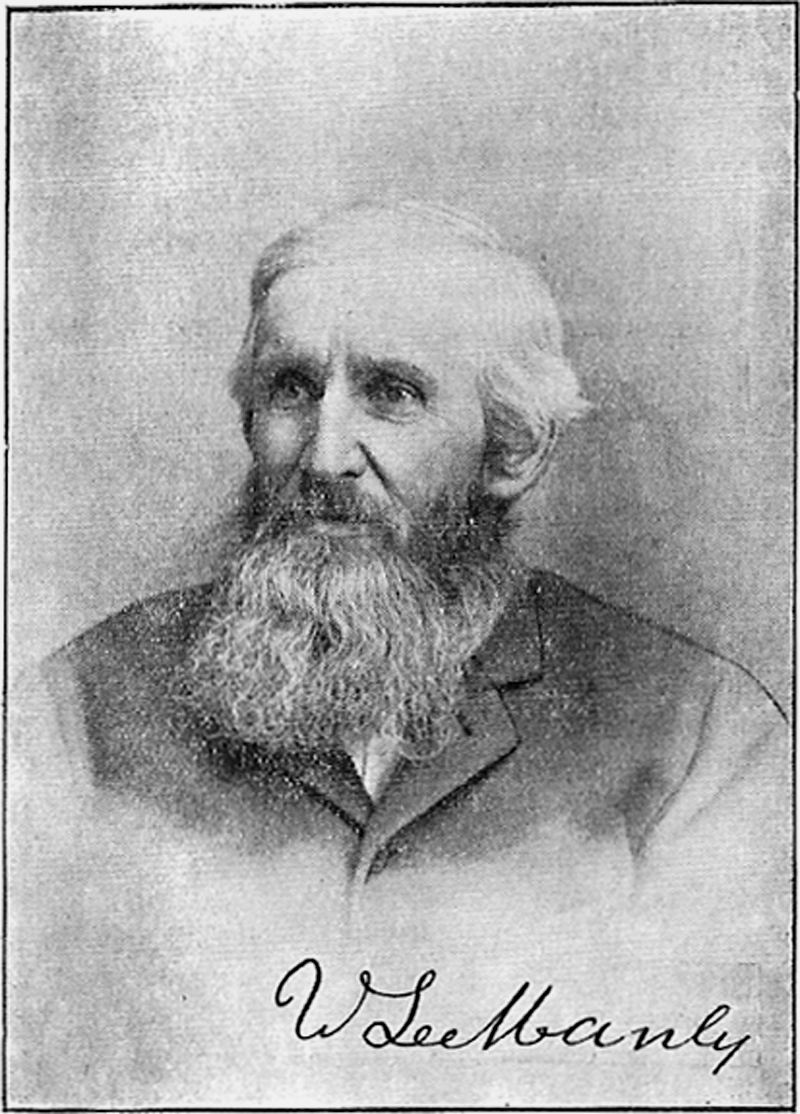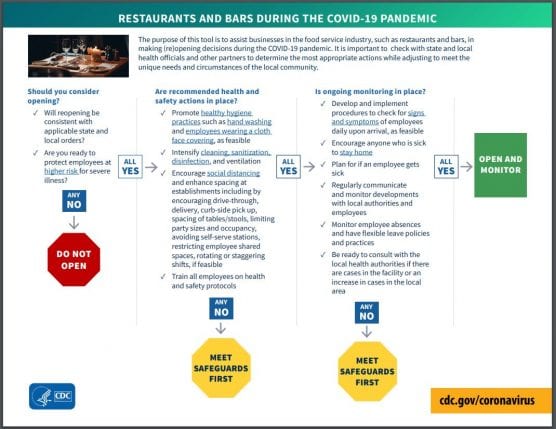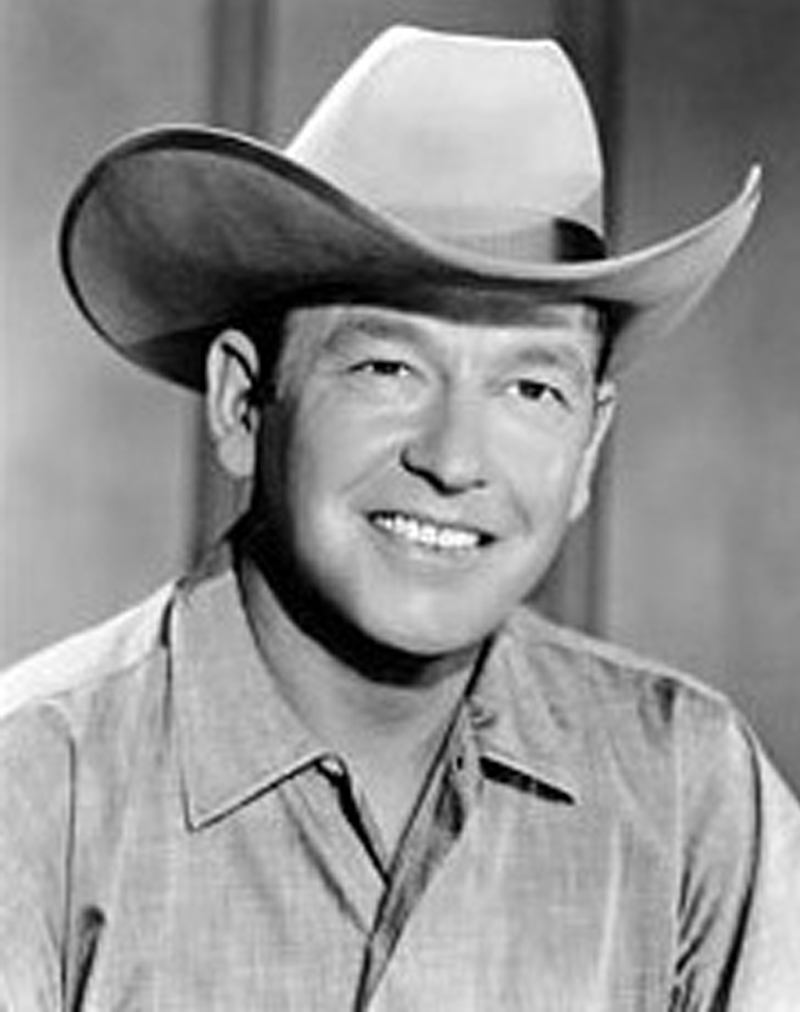After the Trump administration sent early guidelines back last week for being “too prescriptive,” the new CDC guidelines on easing restrictions during the coronavirus pandemic managed to strike a more general tone.
“I think they’re trying to allow these local businesses and schools to have some flexibility in the way they interpret the guidelines,” Lee Riley, a professor of epidemiology at the University of California, Berkeley, said in an interview Friday. “Instead of being too detailed about how to do things, I think these allow each local place to make their own more detailed set of guidelines based on CDC guidelines.”
Framed as “decision tools,” the guidelines published online Thursday evening by the Centers for Disease Control and offer reopening checklists in a decision-tree, flowchart format for schools, workplaces, camps, child care centers, mass-transit systems, and bars and restaurants.
Riley called the guidelines good news overall.
As states across the country work on reopening rules on either a regional or statewide business, an interactive map published by The New York Times shows that New Jersey, Delaware, Michigan and Illinois are the only states fully shut down.
“Now we have national guidelines to fall back upon — each state, each county, each local health department can use these national guidelines as a way to kind of develop their own locally appropriate set of rules,” Riley said. “This is the first step towards beginning to reopen.”
But the new decision tools show key discrepancies as compared with the extensive guidance on reopening that the CDC initially put out more than a month ago. School guidance no longer recommends separating children’s belongings and keeping cafeterias and playgrounds closed if possible; camp guidelines no longer recommend restricting attendance to those from low-transmission areas.
Ditching the previous recommendation of using colored tape to help mass-transit riders stand 6 feet apart, the new guidelines suggest increasing the amount of space between passengers and employees by “closing every other row of seats and using bus rear door entry/exit.”
The sheet on workplaces meanwhile recommends employers “enhance spacing between employees, including through physical barriers, changing layout of workspaces, encouraging telework, closing or limiting access to communal spaces, staggering shifts and breaks, and limiting large events, when and where feasible.”
Although the CDC originally issued a document for churches and other religious facilities, they did not post guidance for those organizations Thursday. Recommendations in the early draft suggested limiting the size of gatherings at religious congregations, encouraging all attendees to wear masks, and suspending the activity of choral ensembles. According to the Associated Press, White House officials raised concerns about these restrictions and mandating how people engage in worship. The Trump administration has often championed religious freedom in order to win the favor of conservative evangelical voters.
Riley notes that all reopening guidelines come with a three-part recipe.
“One is that places are making decisions based on what the state and local health funders are currently recommending,” he said. “Then, I think they’re all making sure that the global high-risk groups are being taken care of. Then, finally, they have some mechanism to screen people who may have been exposed to somebody with Covid-19 unintentionally or have some way to monitor potential infection.”
This does not necessarily mean laboratory testing, he clarified, but perhaps temperature checks or monitoring for symptoms of the novel coronavirus.
The Trump administration has yet to launch a federal effort to expand the U.S.’s testing capacity, a move public health experts have criticized. On March 6, Trump told reporters, “by doing all this testing we make ourselves look bad.”
Senate minority leader Chuck Schumer has been an advocate of launching such a strategy. “It’s May 15th, and President Trump still doesn’t have an adequate national testing strategy,” Schumer tweeted this morning.
— By Alexandra Jones, CNS
Like this:
Like Loading...
Related





 Tweet This
Tweet This Facebook
Facebook Digg This
Digg This Bookmark
Bookmark Stumble
Stumble RSS
RSS


























REAL NAMES ONLY: All posters must use their real individual or business name. This applies equally to Twitter account holders who use a nickname.
0 Comments
You can be the first one to leave a comment.